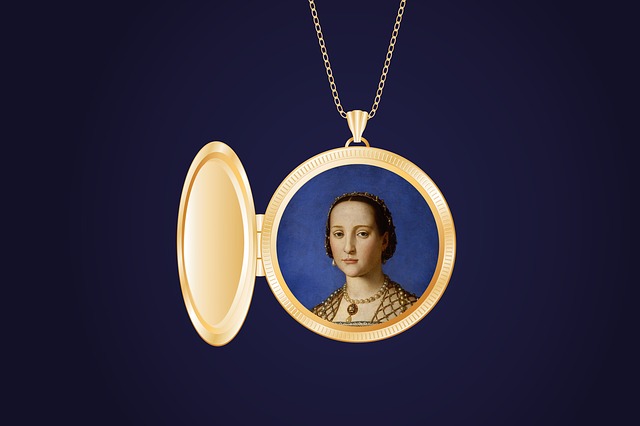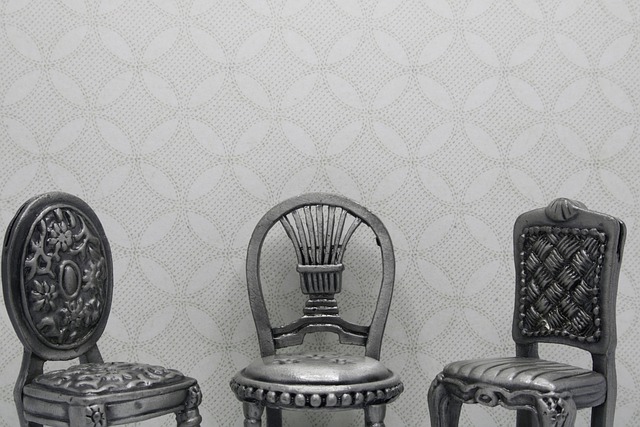I must congratulate you now that you have decided to dedicate yourself to miniatures art, as it is not an easy skill to master. You’ll certainly need a whole lot of practice, and even more patience for enduring it, not to mention the appropriate materials for your paintings to be as high-quality as possible.
There are several things you need to keep in mind while performing your painting, from the usage of your brushes and colors, to how to treat the surfaces over which you paint. Let me give you some advice about all of these to make things easier for you while you master this new skill.

Sketch the design before you start painting. Miniature art requires a whole lot of care and attention to the detail, up to a level that is difficult to achieve alone. You need to use the tools at your disposal for your final picture to be as lovely as you envision it.
Before you grab your brush, grab a pencil and start drawing over the surface where you’re going to apply paint later, that way you’ll have vividly knowledge on the details you want to display.

While all art balances itself in the distribution of colors, shades, and shadows, the path to miniature art is to create a piece that is visually attractive to the viewer as possible. The only way to accomplish this is by employing colors, contrasting, mixing, and overall plastering coherently and creatively over the surface so the piece has that personality and charm you’re aiming for.
You can also accomplish this by applying shadows and making sure you use the appropriate shades of each color according to the distribution of light you gave to your image.
Miniature art is all about details. From the smallest (no pun intended) to the greatest, each feature in the piece needs to be a proof of great attention and observation, along with a firm hand at the moment of holding the brush. This is a combination of all that I said above: take care of having a clear vision of what you want to plaster in this piece. What’s your goal? What’s your story? How many dots will this painting have, exactly? Planning and outlining will be like making a blueprint that will enclose everything you want to put into your piece.

The rest is all about colors and the care you put in applying them, the message you’re trying to send with your image, and how visually inspiring it is for the moment you’ll exhibit.
Seal and protect your work when dry. You can use spray or gloss varnish to evade brush marks. Try holding the can about 10 inches away from the painting, cautiously spraying in short gusts about four or five times to achieve an even finish. When it dries, your miniature painting will be ready to frame without glass.
